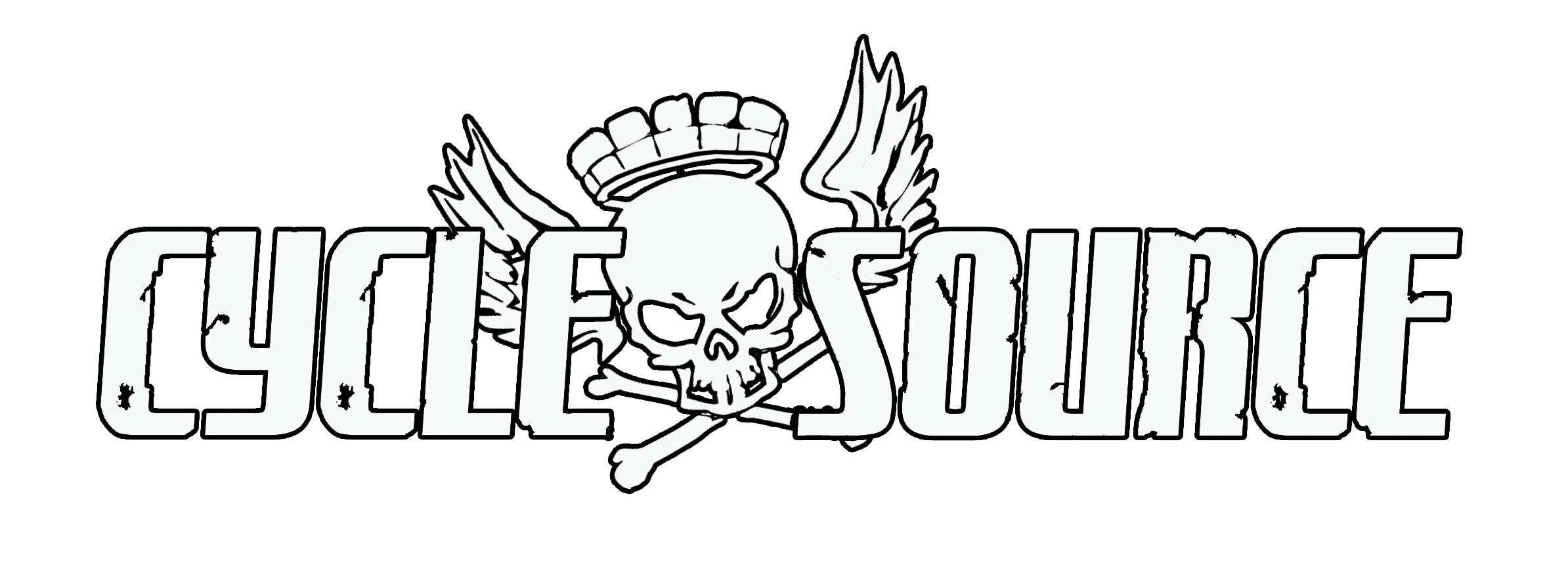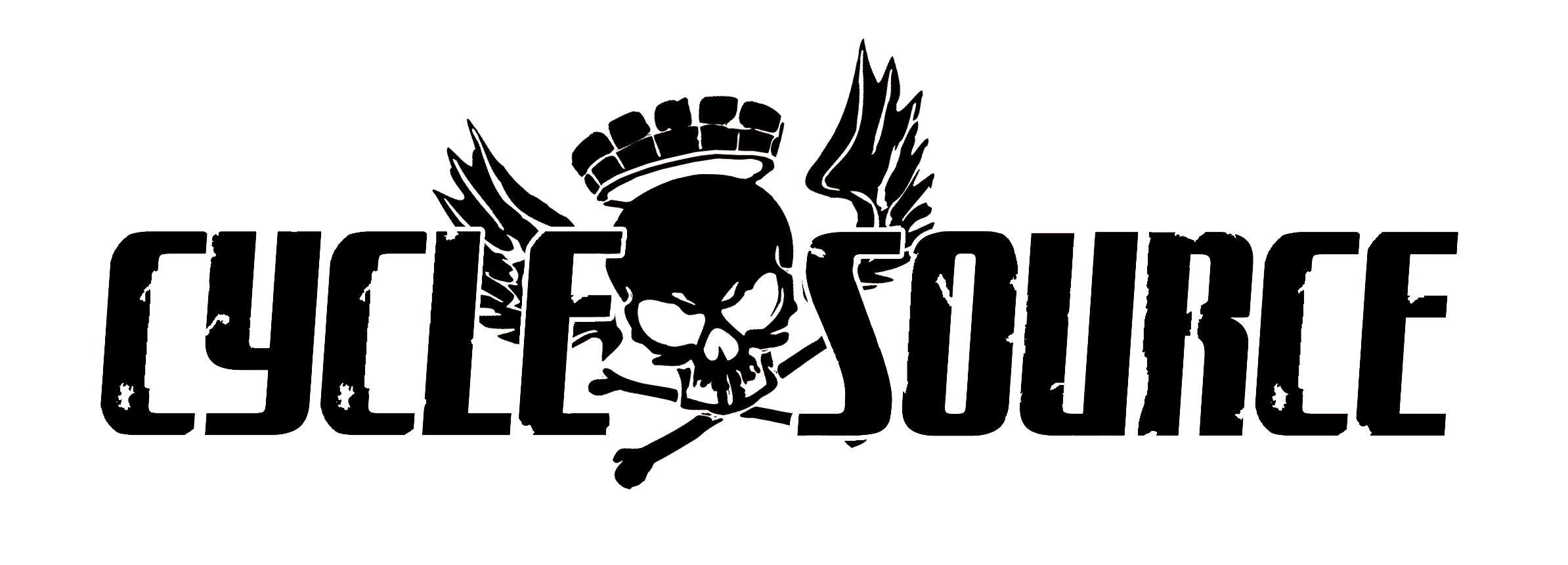Keeping Them In Check
Article By: Shawn Buskirk
Photos By: Craig Harriman www.faithforgotten.com
Originally Published In The October-November 2020 Issue Of Cycle Source Magazine
Drum brakes…We’ve all heard the horror stories of how underwhelming the performance of this crucial part of a machine can be. Everyone has a relative or a local grey beard who wants to spin yarns about the time he narrowly escaped his doom as their brakes faded or failed before maneuvering through some hairpin turn at breakneck speed with some righteous chick from the local watering hole in tow. In truth, the stopping power provided by this antiquated technology is often adequate for the machines that came equipped with them, provided they are setup, adjusted, and maintained correctly. In this month’s article, we’ll take a look at how the do-it-yourselfer can get a better bang for his buck using tools commonly found in the garage and a little bit of elbow grease. Although our focus will be on Harley-Davidson mechanical drum brakes found on pre-1958 big twin models, the principals and practices highlighted are applicable to a variety of model years and manufacturers.
As mentioned, we’ll be working on a Harley-Davidson rear mechanical drum brake. This particular brake setup was produced with little variation for roughly

twenty years, before Harley debuted the hydraulic rear drum in 1958. There are several things we can inspect before going further once the rear wheel and brake have been removed from the machine.

The first thing I inspect on the exterior is the tab that locates the brake backing plate to the frame. This tab prevents the plate from rotating and is crucial to brake operation. I’ve held countless OEM backing plates in my hand that are tweaked from years of service and have even had two imported reproduction tabs fail entirely while in use, posing serious risk to the operation of the machine. Look for any cracks or bends before moving forward. Replace any plate showing signs of damage to this tab. I can assure you; it will eventually fail.

This is also a good time to inspect the teeth on the drive sprocket as well as the rivets securing it to the brake drum. On this drum, several of the rivets have elected to leave their home for a life on the road and if uncorrected, the remainder would likely be joining them within a few miles leaving this machine stranded.

Going further down the rabbit hole, I’ll now remove the backing plate from the drum. The backing plate is relatively simple, consisting of shoes, springs, an operating cam, and a pivot stud.

We can see from the discoloration and condition of the brake shoe lining that it’s surface was not making full contact with the drum. This can be caused by improper fitment of the lining, improper adjustment of the shoes, or by having a drum surface that is warped or out of round

Another thing to look for when inspecting linings is the presence of cracks. Shown on another example, these cracks form due to excessive heat buildup in the lining material

We’ll now further disassemble the backing plate. Begin by removing the cotter pin and outer cup on the pivot stud.

Next, remove the springs from the brake shoes

Once the shoes are free, we can inspect the condition of the surface of the shoe that makes contact with the operating cam. It is common for this area to develop a groove from only one part of the cam surface making contact after adjustment. A shoe exhibiting such a feature should be repaired or replaced. This shoe is still smooth on the contact surface, so we can continue on.

When it comes to correcting the uneven wear on our linings, we have two options. The first would be to purchase a new set of shoes which are already lined. Featuring stamped steel construction as well as a bonded and riveted lining, these shoes are available from Paughco for around eighty dollars a set. To my knowledge, Paughco is the only supplier offering American made reproduction parts for early model brakes.

If your budget doesn’t allow for a new set of shoes or if your original ones aren’t in need of repair, consider calling Robert Luland at the Good Old Motorcycle Parts Company. For around twenty dollars, you can purchase this American made brake lining set, complete with rivets. I suggest checking out their website(https://www. thegoodoldmotorcyclepartscompany. com/, as they make it very easy to identify which products are made domestically and which are imported.

For the purposes of this article, we’ll be relining our existing shoes. Begin by drilling out the old rivets from the back. Once drilled, the rivets can be removed using a small punch.

Be sure to clean the mating surface of the shoe to ensure the new lining goes on as evenly as possible. This is good time to bring up an important note. When grinding or sanding anything involving your brakes, you should wear some form of respiratory protection. Many of these old linings contain asbestos, which as we all know, is incredibly dangerous to your health. Even though modern linings are no longer manufactured in the same way, it is still best to treat them as though they still are.

Install the new lining on your shoe and insert the brass rivets. Next, we’ll peen the underside of the rivets to hold the lining in place. It can be done using a bench vise, a roll punch, and a pin punch. Start with the rivets in the center of the shoe and work your way to the outside.

Although the job doesn’t require any fancy tools or machines, I found this tool helped ease the process. It was listed at an online retailer as a tractor brake relining tool and with a little modification, it made holding everything in place much easier

Once the new linings have been installed, we can now fit them to the drum. I’ll be replacing our old drum with a new one complete with sprocket from Paughco. Using spray adhesive, line the drum’s braking surface with 120 grit emery cloth or sandpaper

Since the radius of the new lining doesn’t exactly match the radius of the drum, I’ll need to remove any excess material from the lining. To better illustrate this, I’ve used layout dye on the new lining, though sharpie or paint would work just as well.

Place the newly lined shoe in the drum and begin sanding the lining surface.

After only a few passes, we can see the high and low spots in the lining. Continue sanding until the surface is even. The goal here is to maximize the contact area of the lining to the drum, resulting in better brake performance.

The last step when dealing with the linings is to apply a slight chamfer to the edges. In doing so, we’ll reduce the chances of having brake chatter.

Now that our shoes have been relined and arced to our drum, we can begin reassembly. Remove the abrasive material from the drum and be sure to clean off any residue from the adhesive. Start by applying a LIGHT coat of marine grease to the brake operating cam and the pivot stud. Place the shoes in position noting the direction of the relief in the shoe

The pivot stud has two cup washers which are different heights. Be sure to place the taller of the two against the plate or the shoes cannot be installed correctly

While we’re on the subject, it’s worth noting the pivot stud acts as an adjustment for the shoes after the wheel has been reinstalled. The hole in the backing plate that the stud passes through is elongated, allowing the stud to move. By loosening the nut and applying the brake, the stud allows the shoes to fi nd their most natural center in the brake drum. Continue to apply pressure to the brake pedal as you tighten the nut. Next, install the springs on the shoes. An often-overlooked detail is the direction of the springs hook. On the shoe facing the front of the motorcycle, install the hook from the top. On the rear shoe, the hook will be installed from the bottom.

Now you’re ready to reinstall your wheel and drum assembly back on your machine. Avoid hard stops for the fi rst few miles to allow the fresh linings to properly mate with the drum surface. I hope that for some of you reading, this takes some of the mystery out of drum brake setup. Now you’re ready to hit the streets on that vintage machine or survivor chop with enough stopping power to ensure no doughnuts hit the pavement. Buy American… Stay Greasy… -Shawn























